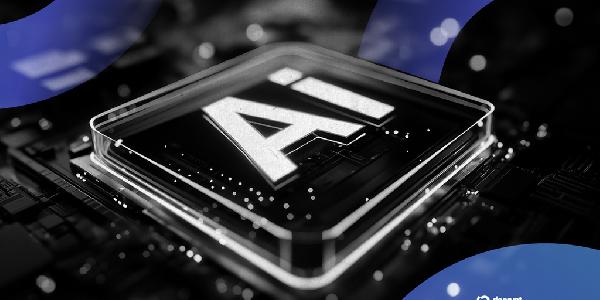After capturing global attention at the 2024 Olympics, where its exoskeleton helped a paraplegic man walk, Paris-based Wandercraft is now shifting its focus from wearable robotics to fully autonomous humanoid robots.
Wandercraft’s new humanoid robot, Calvin 40—so named because it was reportedly built in just 40 days—is already being tested on factory floors. As Wandercraft CEO Matthieu Masselin explained, the rapid construction of Calvin 40 was enabled by repurposing technology from the company’s exoskeletons.
“You see all these humanoid robots everywhere—Tesla, Figure AI, companies in China—and for us, it’s the same technology we’ve been developing for the last 10 years,” Masselin told Decrypt in an interview. “It felt so natural for us.”
Masselin said the company was also able to produce Calvin 40 so quickly in part because it omitted the head and hand features typically found in humanoid robots, such as Tesla‘s Optimus or Figure AI’s Figure 02.
“We’re not focused on adding a head, because it doesn’t help with navigation, the same goes for hands, hands are very fragile,” he said. “We believe we have a humanoid robot that can carry the heaviest payload.”
Instead of hands, Calvin 40 uses padded, arm-like grippers with flat circular panels to pick up boxes and crates.
Masselin said the head and hands were also left out to avoid the uncanny valley effect, a discomfort people feel when interacting with robots that appear almost—but not quite—human.
“Expressive manipulation matters in homes or certain situations, but in our case, a simpler design is just as effective,” he said.
Humanoid robots have surged in popularity in recent years. According to a February 2024 report by Goldman Sachs, the global market for humanoid robots is expected to reach $38 billion by 2035, driven by advances in AI and automation.
While some humanoid robot developers have focused on social interaction or personal assistance, Masselin said Wandercraft’s design choices emphasize physical labor in spaces built for people.
“So many environments are built for the human form that it’s difficult to address all needs without mimicking it,” he said, adding that the company is working with partners to deploy Calvin 40 in “hazardous” or hard-to-staff tasks.
“One of the biggest differentiators of our technology is that it was originally designed—and is still used—to develop an exoskeleton, which is a robot that carries a human being up to 220 pounds,” Masselin said. “That means the technology has to handle that kind of payload.
According to Wandercraft, Calvin 40 can carry payloads of up to 40 kilograms, or about 88 pounds—nearly twice as much as comparable robots like Tesla’s Optimus or Figure AI’s Figure 02, which are rated to carry around 45 pounds.
“No other humanoid robots can carry that much, by a wide margin—largely because they focus so much on hands,” Masselin said.
According to Wandercraft, the Calvin 40 is currently being tested by French multinational automotive manufacturer Renault Group, but he declined to provide a price for the robots.
By reusing core technology from its exoskeletons, Masselin believes Wandercraft can skip the experimental phase and focus on deploying robots in industrial environments.
“We work with our partners to understand their needs—where they have tasks that are too difficult, too dangerous, or hard to hire for,” he said. “The question becomes: Can we offer a safer solution for hazardous jobs so that workers can focus on quality and craftsmanship? That’s the strategy.”
Edited by Andrew Hayward
Your Email










